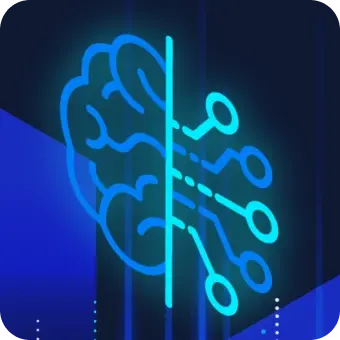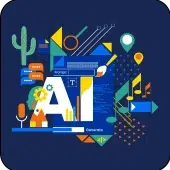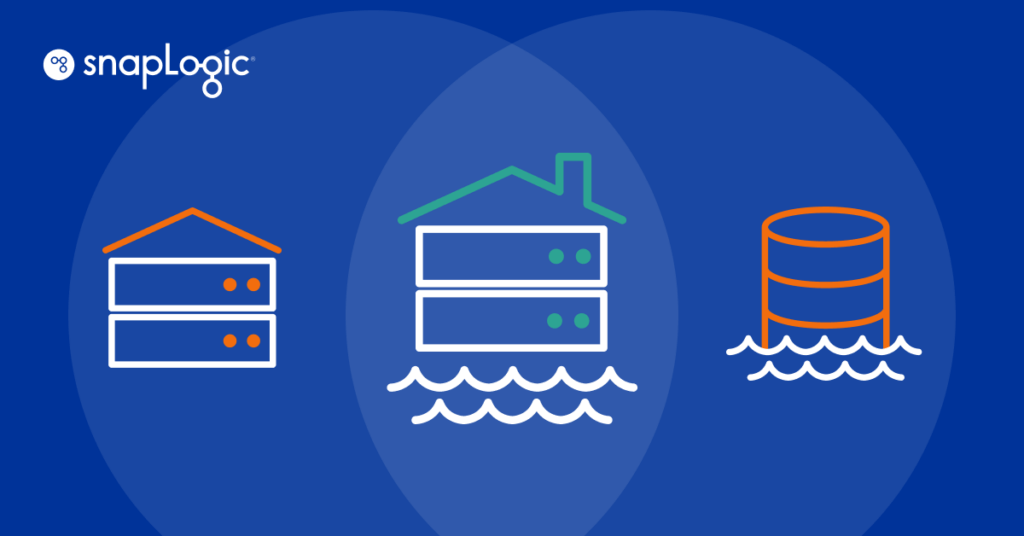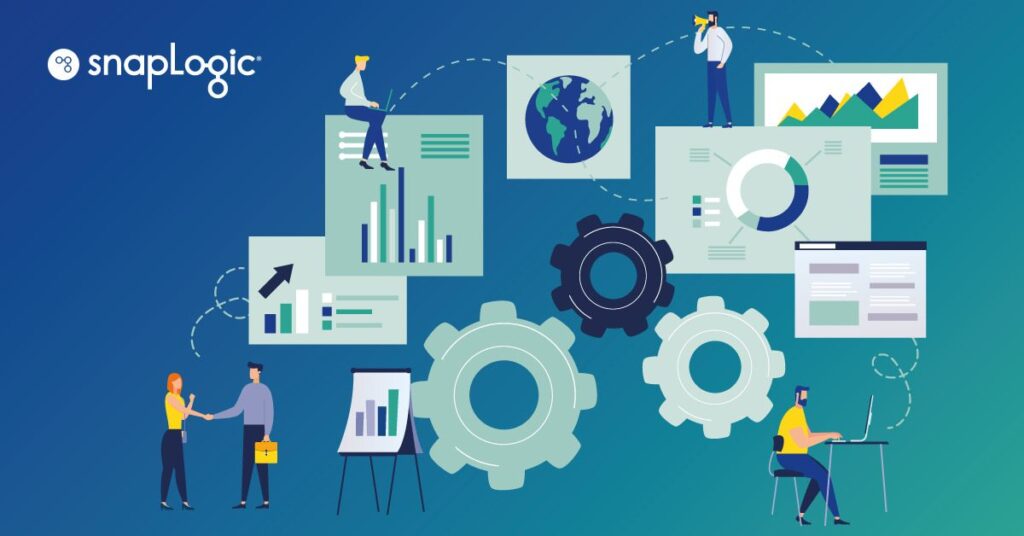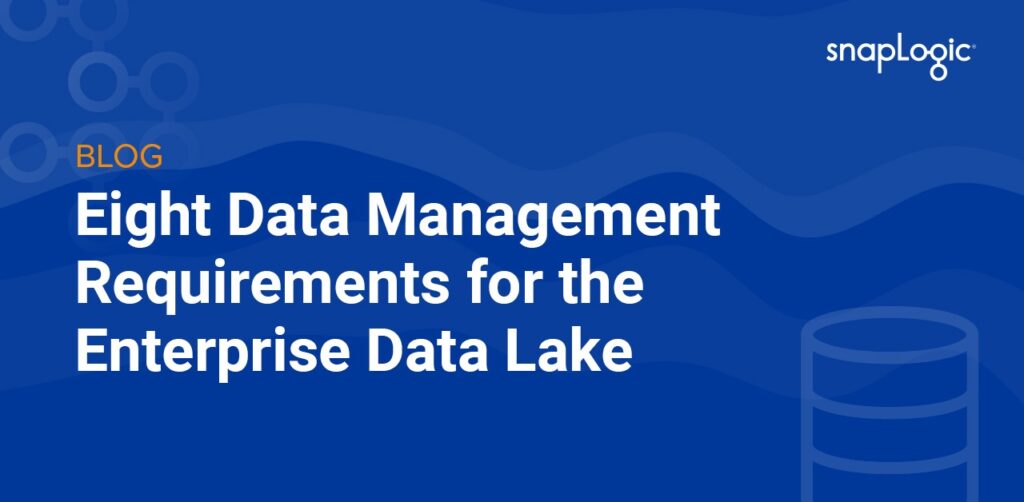This blog post was originally published on Data Economy
We live in a world with an ever-growing number of devices. No longer are our smartphones, tablets, and laptops the only connected devices we interact with.
Our homes, workplaces, and cities are full of connected devices and systems – from AI audio systems to intelligent air-conditioning units and smart streetlamps.
The list doesn’t stop there. In fact, Gartner predicts that there will be 8.4 billion connected “things” in use in 2017, up 31 percent from 2016.
Not only do all these connected Internet of Things (IoT) touch points serve a purpose now, but the data they generate can be used to further improve our lives in the future.
This is key when you consider that 75 percent of the world’s population is expected to live in cities by 2050.
By utilizing IoT devices in the development of smart cities, city planners can better understand and cater to the needs of their cities’ inhabitants.
In some ways we’re already seeing certain benefits: contactless payment on public transport, for example, and services that direct you to available parking spaces in crowded areas are now expected in most cities. Self-driving electric buses are in use on the streets of Finland.
Glasgow is installing smart street lamps, which increase in brightness as they detect people approaching and have sensors to measure air pollution levels.
Colombia has solar-powered smart bins which monitor rubbish levels. Sensors that detect or “smell” paint are used in New Zealand to combat vandalism.
But the potential is far greater than this. The smart cities of our future will feature a raft of vastly improved public services, from healthcare systems that pre-empt illnesses to road travel with far less congestion and hazards thanks to both connected vehicles and connected street furniture.
It all sounds great, doesn’t it? But, for a truly smart city to flourish, the systems and the data they generate need to be connected and integrated.
It’s widely accepted that smart cities will generate billions and billions of data points, so managing this information in a way that enables it to be useful is paramount.
With this exponential volume of data being generated, it would be easy to segregate information by department.
Transport data to the public transportation department, weather data to the environment department, healthcare data to the department for health and so on.
In some ways, it makes sense – after all, who knows better about the challenges of those areas than the departments responsible for them?
But the beauty of a smart city is when information is brought together. Putting data into silos in this way has the potential to cause problems.
In a recent research report we conducted we found that data silos are one of the biggest inhibitors for organizations looking to benefit from the data they have. And it’s not just technology causing silos, teams unwilling to collaborate and share information are also a cause of those silos.
In fact, for more than four in ten (44%), a lack of collaboration between business departments is a challenge when it comes to data related tasks, while three in ten (30%) have found that different departments are hindering collaboration by being overly protective of their own systems and data.
If behaviors like these trickle over into the various city departments then we will never really see those promised smart city benefits. Without proper integration, the data cannot be analyzed to make informed decisions and it will ultimately take us longer to realize the true benefits of a smart city.
For example, what happens when a road floods and traffic must be diverted? In a smart city, sensors could have pre-determined areas that are susceptible to flooding, then triggered smart street furniture to place a diversion based on incoming weather patterns and current road conditions.
But all road information cannot react to expected weather information if the weather sensors and the traffic management sensors don’t share data.
Sharing and integrating data doesn’t just come from human collaboration. With smart cities still in their infancy, city planners and leaders need to get the right technology infrastructure and best practices in place now to enable data to be collated in real-time and allow future advanced tools, such as AI-powered analytics, to be used.
This will, in turn, ensure that they’re ready to handle a city’s worth of sensors and the data they bring.
